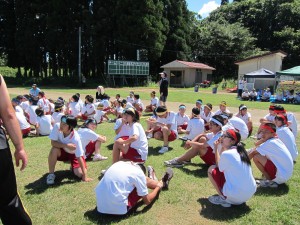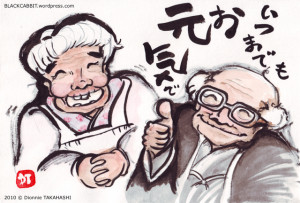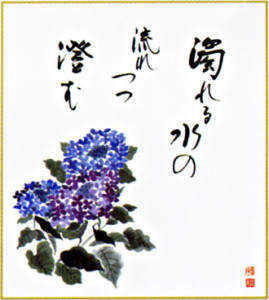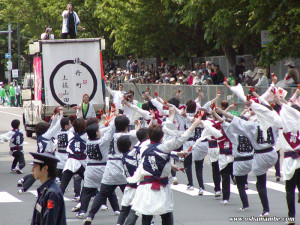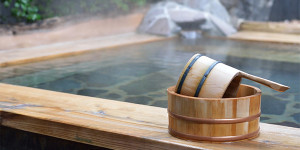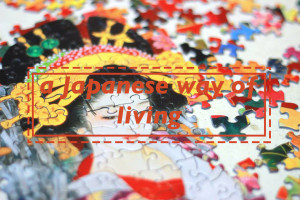There are many countries that the U.S. don’t share holidays with and it’s nice to know what we miss out on some of the great things people celebrate from all over the world. Here’s a list of cultural groups that have their own unique holidays.
1. Thailand – Songkran
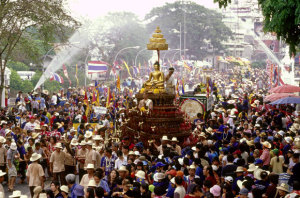
http://www.hellomagazine.com
One of the many celebrations of Songkran involves people splashing each other with water in the hot weather. “Part of the ritual was the cleaning of images of Buddha. Using the ‘blessed’ water that cleaned the images to soak other people is seen as a way of paying respect and bring good fortune.” – http://www.officeholidays.com/
2. Malaysia – Malaysia Day

http://en.wikipedia.org/wiki/Malaysia_Day
The holiday day title is literally what the holiday stands for. The people of Malaysia celebrate the day “16 September 1963, when the former British colony of Singapore and the East Malaysian states of Sabah and Sarawak, joined to create the Federation of Malaysia” – http://www.officeholidays.com/. It’s for everyone to take pride of Malaysia and its historical events of the people and country gaining independence.
3. Japan (including other Asian countries) – Childerns’ Day
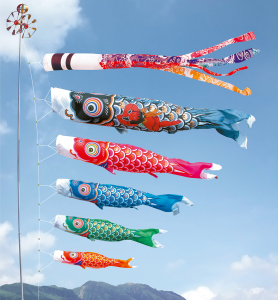
www.cheng-tsui.com
Yes, there is a national holiday to celebrate children with gifts, food, blessings, and wishes. Also, it is a time when parents pray for the best in health and success for their children.
4. Korea – Hanguel Day
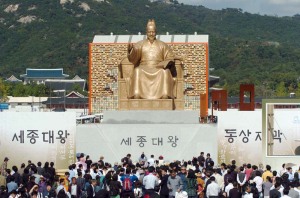
http://asiasociety.org
In celebration of the development of Korean alphabets after the colonial rule of Japan. “King Sejong the Great who was the fourth monarch of the Joseon Dynasty, devised and proclaimed the Korean alphabet in the 15th century” – http://www.officeholidays.com/. Korea did not develop their own alphabets as early as other cultural groups due to strong influence of the Chinese and Japanese characters.
5. Indonesia (including other Asian countries) – Waisak Day
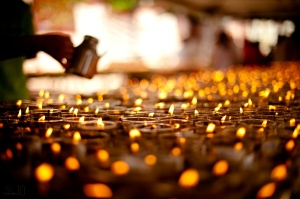
http://www.borneoexplorertours.com
A national holiday made in name of Buddha’s birthday, death, and enlightenment. A ‘holy day’ for Buddhists monks and Buddhism believers that celebrates the life of Buddha. The holiday allows people to pray, receive or/give blessings, cleanse one soul and mind, make offerings, and display beautiful lights.

